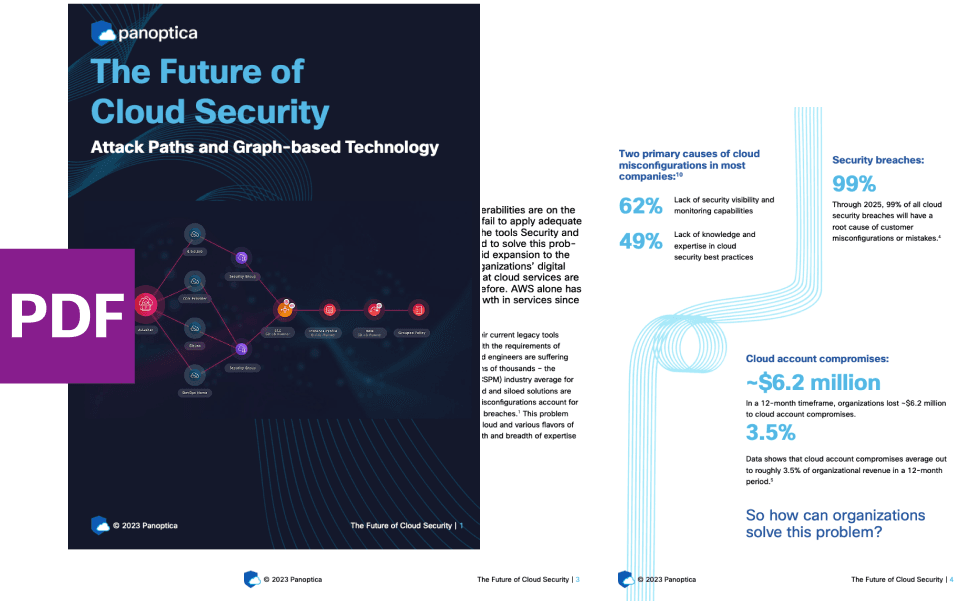PRODUCT
7 min read

Published on 03/29/2018
Last updated on 03/21/2024
Centralized logging under Kubernetes
Share
For our Pipeline PaaS, monitoring is an essential part of operating distributed applications in production. We put a great deal of effort into monitoring large and federated clusters and automating these with Pipeline, so all our users receive out of the box monitoringUpdate: Logging operator v3 (released March, 2020)
We're constantly improving the logging-operator based on feature requests of our ops team and our customers. The main features of version 3.0 are:Check The Kubernetes logging operator reloaded post for details.
- Log routing based on namespaces
- Excluding logs
- Select (or exclude) logs based on hosts and container names
- Logging operator documentation is now available on the Banzai Cloud site.
for free. You can read about our monitoring series, below:
Monitoring series: > Monitoring Apache Spark with Prometheus > Monitoring multiple federated clusters with Prometheus - the secure way > Application monitoring with Prometheus and Pipeline > Building a cloud cost management system on top of Prometheus > Monitoring Spark with Prometheus, reloaded
Logging series: Centralized logging under Kubernetes Secure logging on Kubernetes with Fluentd and Fluent Bit Advanced logging on KubernetesMonitoring's best friend is logging, and they go hand in hand. If something doesn't look good on our Grafana dashboards, or we get an alert from Prometheus, then we need to investigate. To do that, we usually start by checking the logs. In a
monolithic environment log checking is relatively easy; there is a small number of machines and it's enough to obtain file logs or a syslog endpoint when we need to carry out an investigation. Also, for smaller or simpler deployments, Kubernetes provides a smaller, simpler command to check the output of an application.
$ kubectl logs
pipeline-traefik-7c47dc7bd7-5mght
time="2018-03-29T21:44:59Z" level=info msg="Using TOML
configuration file /config/traefik.toml"
time="2018-03-29T21:44:59Z" level=info msg="Traefik version
v1.4.3 built on 2017-11-14_11:14:24AM"You can read more about official Kubernetes logging, here.You can read more about official Kubernetes logging, here. Things grow increasingly complicated when there are a few more (or, in our case, a lot more) containers. Moreover, due to the
ephemeral nature of those containers, they may already be terminated when you search for their logs. So, we needed a solution that allows us to get the logs from all cloud virtual machines, Kubernetes itself, and, of course, the deployed applications.
Logging the Kubernetes way
Unfortunately, Kubernetes doesn't provide many configuration options that pertain to logging. Docker offers multiple logging drivers, but we can't configure them via Kubernetes. Thankfully, there are already several open source solutions. When it comes to logging, our favorite tools are Fluentd and Fluent-bit.
Fluentd to do the job
Fluentd is an open source data collector for a unified logging layer. It's written in Ruby with aplug-in oriented architecture. It helps to collect, route and store different logs from different sources.
Under the hood
Running fluentd is relatively easy. A simple configuration file describes the log pipeline. There are three main types of plugins:Source, Filter and Output. As you've probably guessed, the logs come from the input filter. There are several different solutions like tailing files, accepts http or syslog, etc.
<source>
@type tail
path /var/log/httpd-access.log
pos_file /var/log/td-agent/httpd-access.log.pos
tag apache.access
format apache2
</source>
<filter apache.*>
@type record_transformer
<record>
hostname "#{Socket.gethostname}"
</record>
</filter>
<match **>
@type file
path /var/log/fluent/myapp
time_slice_format %Y%m%d
time_slice_wait 10m
time_format %Y%m%dT%H%M%S%z
compress gzip
utc
</match>
Routing basics
You may notice(apache.*) patterns next to the plugin declarations. These are called tags, and help to route different logs from the same or different sources. Patterns are matched via simple rules.
| Pattern | Action | Example |
|---|---|---|
| * | matches a single tag part | a.* matches a.b, but does not match a or a.b.c |
| ** | matches zero or more tag parts. | a.** matches a, a.b and a.b.c |
| {X,Y,Z} | matches X, Y, or Z, where X, Y, and Z are match patterns. | {a,b} matches a and b, but does not match c |
* or ** patterns. Examples include a.{b,c}.* and a.{b,c.**}. The patterns <match a b> match a and b. The patterns <match a.** b.*> match a, a.b, a.b.c (from the first pattern) and b.d (from the second pattern).
Fluent-bit
Why do we need another tool? While Fluentd is optimized to be easily extended using plugin architecture, fluent-bit is designed for performance. It's compact and written in C so it can be enabled to minimalistic IOT devices and remain fast enough to transfer a huge quantity of logs. Moreover, it has built-in Kubernetes support. It's an especially compact tool designed to transport logs from all nodes.Fluent Bit is an open source and multi-platform Log Processor and Forwarder.

How fluent-bit handles Kubernetes logs
As Kubernetes does not provide logging configurations, we can't transfer logs directly into thefluent protocol. But every container's log is available in the host's /var/log/container/* directory. An example Kubernetes-enabled fluent-bit configuration looks like this:
[SERVICE]
Flush 1
Daemon Off
Log_Level info
Parsers_File parsers.conf
[INPUT]
Name tail
Path /var/log/containers/*.log
Parser docker
Tag kube.*
Mem_Buf_Limit 5MB
[FILTER]
Name kubernetes
Match kube.*
Merge_JSON_Log On
...To use the Kubernetes filter plugin, make sure that fluent-bit has sufficient permissions to get, watch, and list Pods.Fluent-bit will enrich logs with the following metadata:
- POD Name
- POD ID
- Container Name
- Container ID
- Labels
- Annotations
If you need help configuring Fluent-bit, see the excellent official examples.
Putting it together
We have all our tools, now we need to set them up. We need to deploy fluent-bit as aDaemonSet in order to collect these logs. These pods will mount the Docker container's log from the Host machine, and transfer them to the Fluentd service for further transformation.

A DaemonSet ensures that all (or some) Nodes run a copy of a Pod.
Monitoring the log deployment
The architecture of this log management solution is quite complex, so let's not forget to monitor it as well. Because we work with cloud native tools, we use Prometheus for monitoring. Luckily, we can do that here, as well. Fluentd supports Prometheus via the fluent-plugin-prometheus plugin, and Fluent-bit also supports Prometheus. The following example Fluentd plugin configuration enables Prometheus scraping. For more details, read the plugin's GitHub page. The plugin gives us an HTTP Prometheus scraping endpoint athttp://<service-host>:24231/metrics.
<source>
@type prometheus
port 24231
</source>
<source>
@type prometheus_monitor
</source>
<source>
@type prometheus_output_monitor
</source>http://<service-host>:2020/api/v1/metrics/prometheus.
[SERVICE]
HTTP_Server On
HTTP_Listen 0.0.0.0
HTTP_Port 2020To illustrate this feature, we built a Fluent-bit container that is publicly available from the Banzai Cloud GitHub repository. _It is not recommmended that you use this image in production. To find out why, read our post about [loggingWe just need to set-up Prometheus annotations on our Pods and collect their metrics. Here's a teaser from an upcoming post - a simple Grafana dashboard with metrics:and security in > Kubernetes](/blog/k8s-logging-tls)_

Next steps
Read the next blog post in this series to learn the best way to enable TLS security and authentication. There will also be a complete example on how to collect, transform and store logs. As usual, all the above is used and automated by Banzai Cloud Pipeline.

Subscribe to
the Shift!
Get emerging insights on emerging technology straight to your inbox.
Unlocking Multi-Cloud Security: Panoptica's Graph-Based Approach
Discover why security teams rely on Panoptica's graph-based technology to navigate and prioritize risks across multi-cloud landscapes, enhancing accuracy and resilience in safeguarding diverse ecosystems.


Subscribe
to
the Shift
!Get on emerging technology straight to your inbox.
emerging insights
The Shift keeps you at the forefront of cloud native modern applications, application security, generative AI, quantum computing, and other groundbreaking innovations that are shaping the future of technology.





